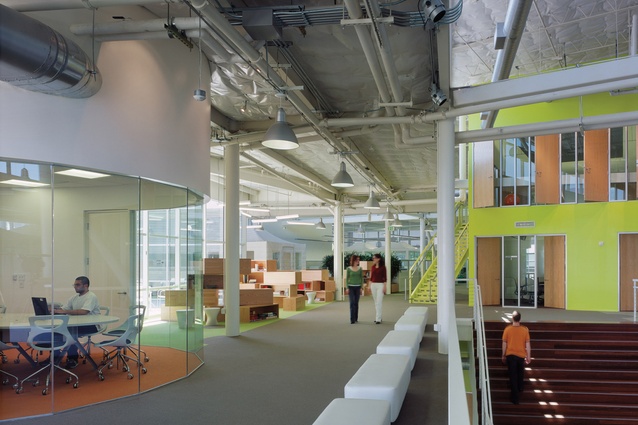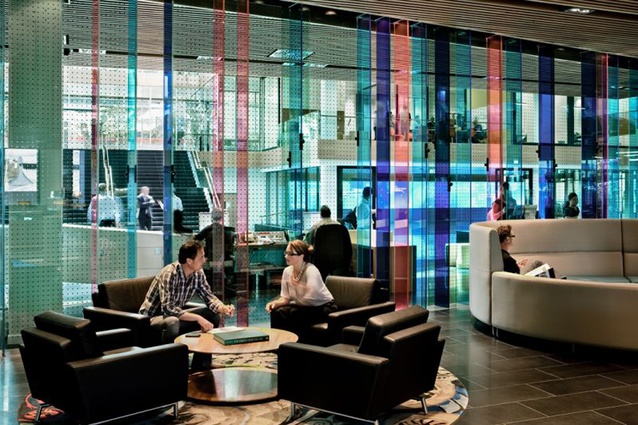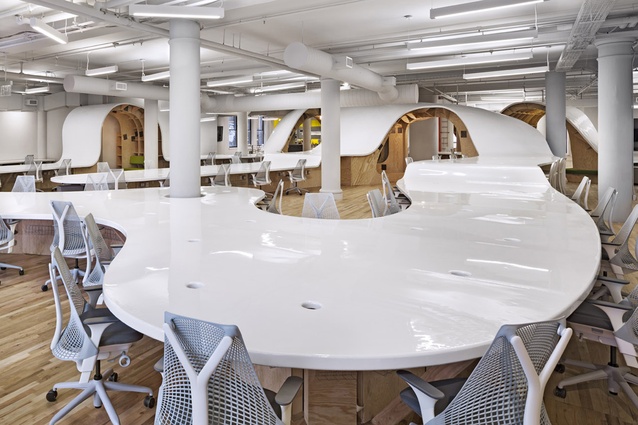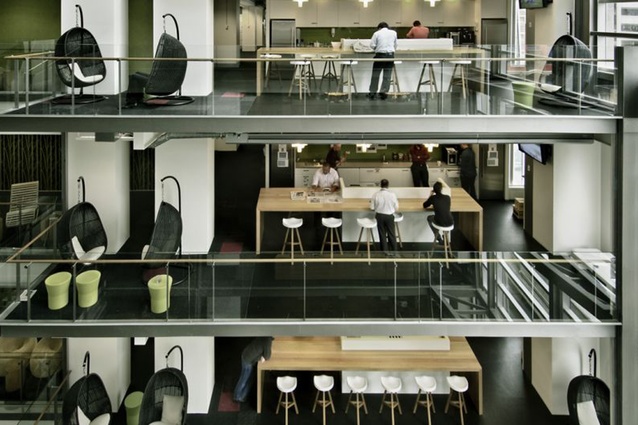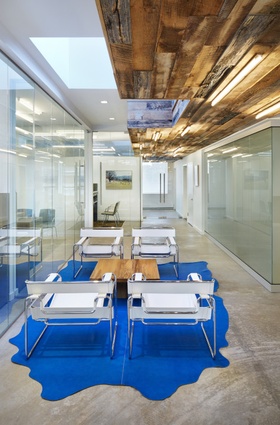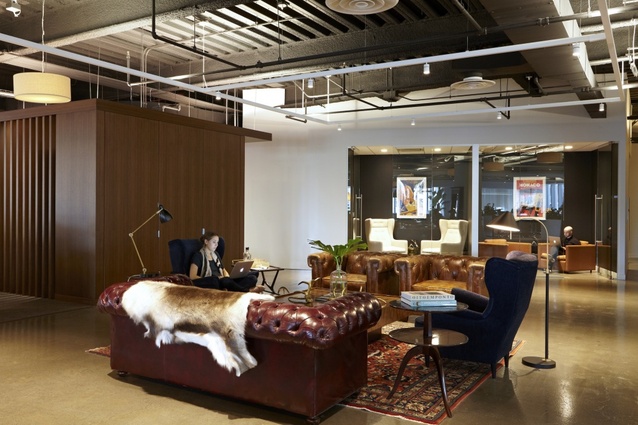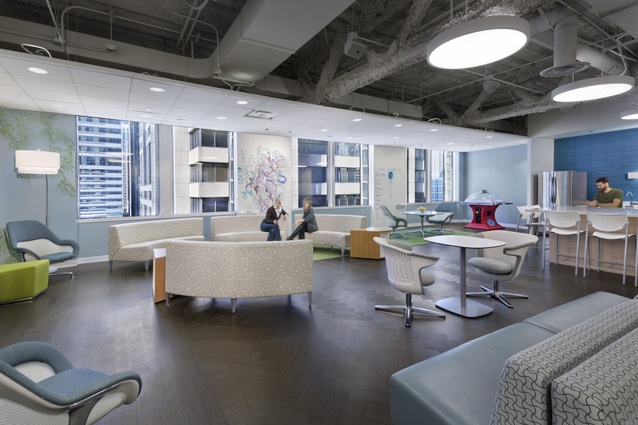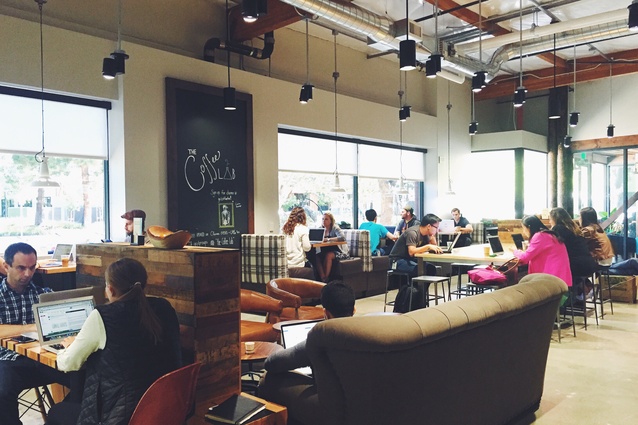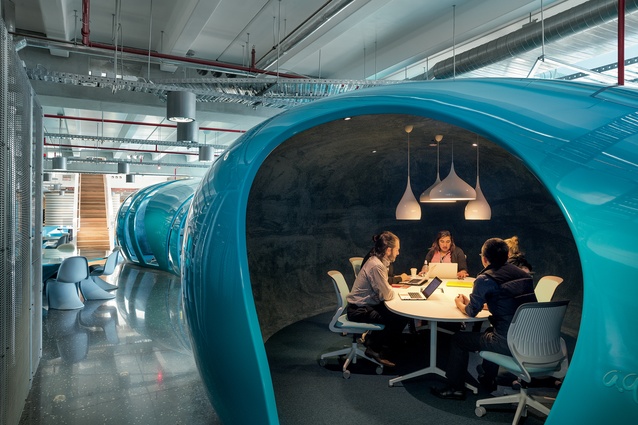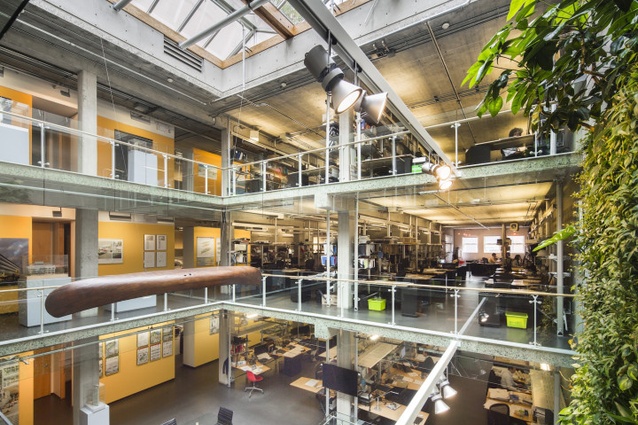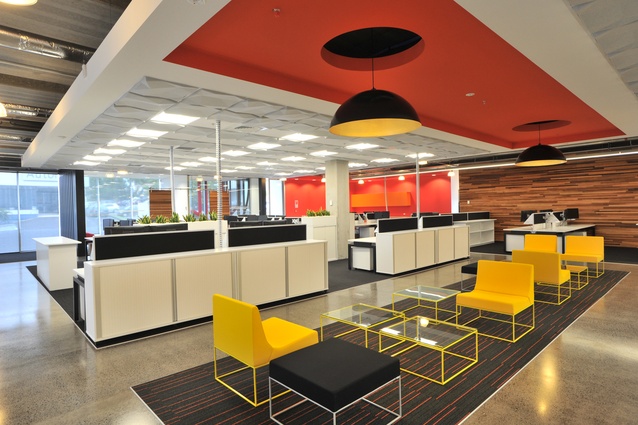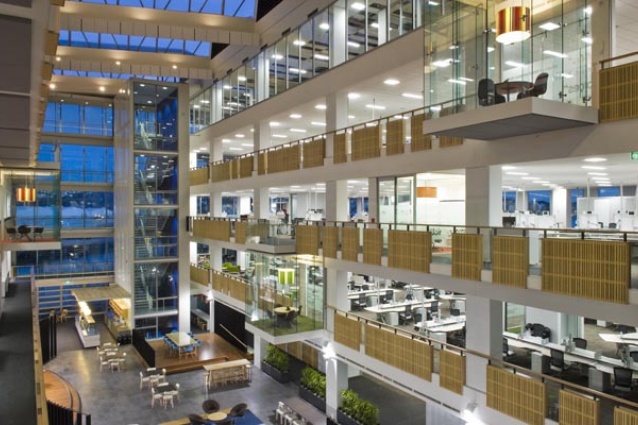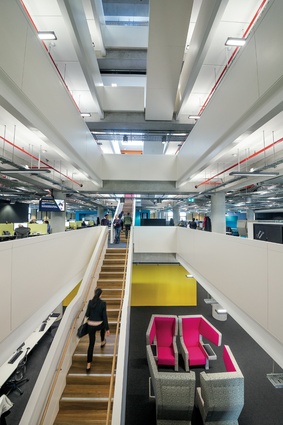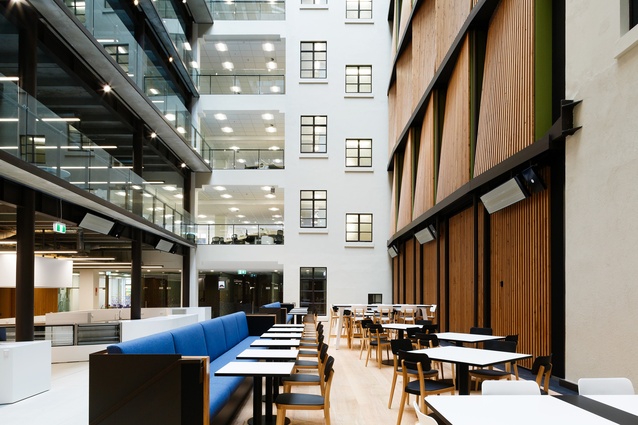Thinking outside the cubicle
How can a company inspire innovation and creativity through workplace design? The link between the designed environment and behaviour is perhaps of no surprise to anyone today, with many studies, reports and writings available on the impact of design to our productivity, job satisfaction and capacity to create and innovate.
A nationwide survey of office workers conducted by Spaceworks Design Group in April 2015 uncovered that 81 percent of New Zealand office workers believe the physical environment at their workplace has an impact on their happiness and job satisfaction, and nine out of ten workers agree that if they are happy at work, they are more productive.
Lizzi Hines, managing director at Spaceworks comments, “This result demonstrates that employees see a direct connection between their work environment and personal productivity and job satisfaction. Employee productivity has a direct link to the bottom line and not having an inspiring office is a lost opportunity in achieving the best from our workers.”
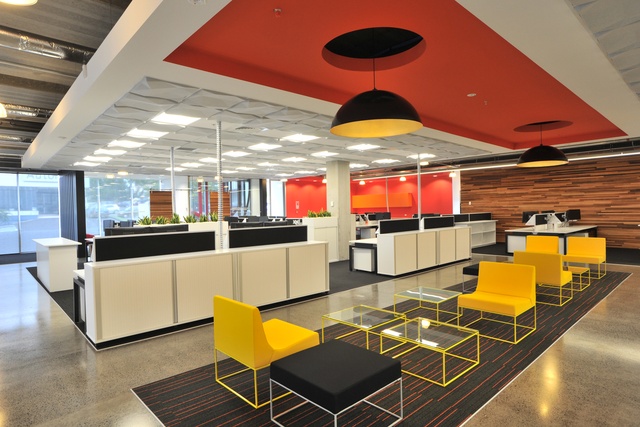
While we are a nation of innovative workers and entrepreneurs, only 5 in 10 New Zealand office workers think that their workspace stimulates innovation and creativity (Spaceworks survey).
So, how can we ensure that the office space is set up in such a way that is inspirational and encourages collaboration and innovation? Donna Wheatley, workplace design specialist at Warren and Mahoney, believes that what is first needed is to understand each individual company’s definition and expectation of innovation.
“Innovation and creativity is quite different for a law firm, who might work with their clients and other legal disciplines to innovate outcomes in an enclosed analogue space, whereas an IT firm might need to corral internal teams in immersive technology-rich environments,” she comments.
At the Ministry of Business, Innovation and Employment (MBIE) in Wellington, Warren and Mahoney have created a ground floor destination; a highly active area for staff to interact with clients and colleagues in an informal setting, which in turn invites more contributions from each individual as they are away from the typical work floors.
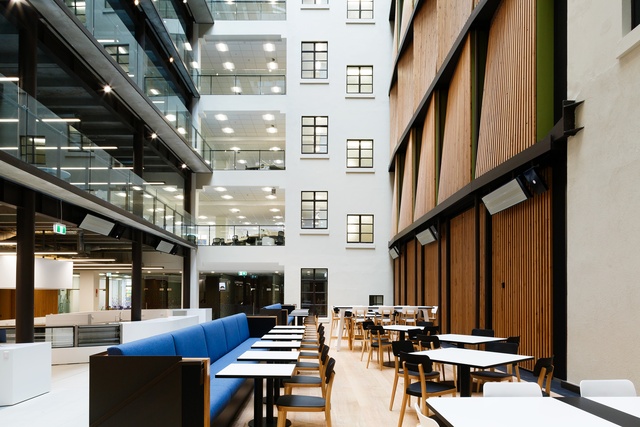
Several points are commonly brought up when discussing innovative workplaces. Perhaps the most widely stressed is the ability to offer flexible work spaces that allow workers to be mobile and have different space typologies based on activities and needs at different times of the work day.
Jo Monaghan, workplace design and delivery manager at BNZ, agrees, and believes that the key to fostering innovation is providing these flexible spaces, as by providing the employee a choice, they can then tailor-make their space to suit exactly how they like to work.
Creativity is cultivated in the workplace through a complex combination of structure and fluidity. This includes offering a mixture of open, collaborative areas for groups, brainstorming/break-out zones for privacy, big kitchens where workers can mingle and share ideas and providing flexible desk systems and furniture which can be rearranged as the company and employees needs change.
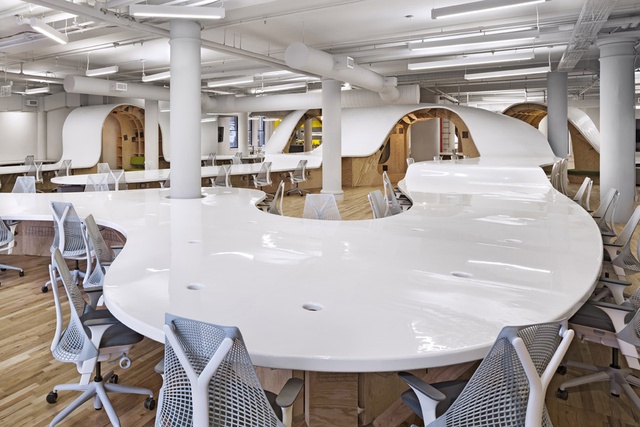
Other ways in which innovation can be encouraged include visually stimulating interiors, using graphics, colour and writable surfaces. Artwork and greenery help to generate creativity, as well as the ability to have meetings or be able to work outside, if the office has a desk or courtyard. Natural lighting is important, as 85 percent of New Zealand office workers attested to in the April Spaceworks survey.
Offering a café, or even just providing lounge-style seating, can support innovation through workers being able to share ideas and informally brainstorm in a more relaxed environment. Hines of Spaceworks believes that the future workplace will draw heavily on the philosophy of the ‘third place’.
Working within the concept whereby the first place is home, the second is work and the third a place for community, workplaces will start weaving the second and third places into their office designs. This can already be seen in the Coffee Lab at the Google campus in California, or in the Spark Central office in Wellington, for example.
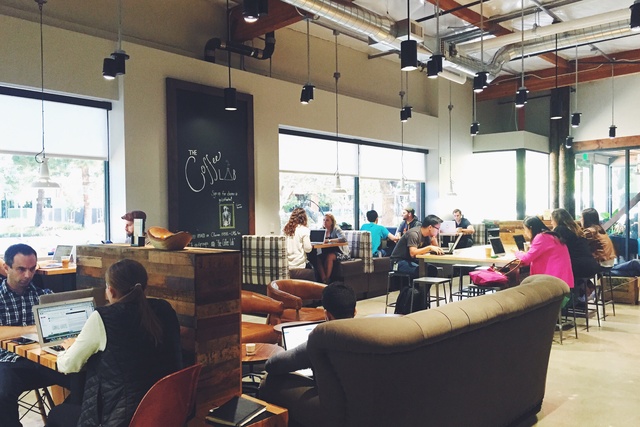
Likewise, Monaghan thinks that in the future “people will spend less time in the office and more time working at home, or in distributed hubs, cafés and co-working spaces, such as BizDojo is currently offering in Auckland and Wellington. People will demand more life-work balance and companies will increase their focus on wellness.”
While technology is certainly catching up to our expectations of being able to work from anywhere, innovation does not occur in a vacuum and the workplace is becoming more valuable as a place to bring people together for face-to-face time, rather than purely processing work.
Wheatley comments, “Organisations are keen to support ways of working and communicating inside and outside the office. As we are increasingly more comfortable working in different locations and places, future workplaces will need to offer more diverse yet specific experiences, and will be far less about fitting into workstations.”
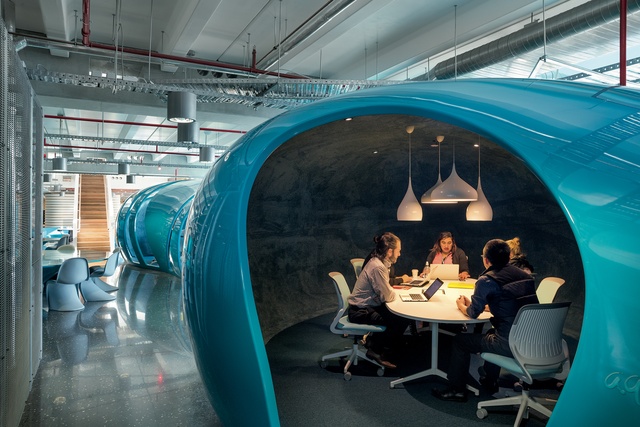
More than just introducing one workplace strategy, Wheatley believes that it’s more important to instil a democratic and open atmosphere, one that invites employees to contribute and be rewarded.
“However, some aspects of Activity Based Workplaces (ABW), such as choice, trust and empowerment that comes with a non-territorial environment could help provide an environment that puts innovation high on the agenda,” she comments.
The future of the workplace will be more about employees and what makes them happier and healthier at work, which in turn improves productivity, collaboration and innovation. Flexiblity in where, when and how to work is paramount in designing an innovative space that encourages workers to give their best.
Monaghan summarises, “For companies to attract the talent they need to compete today, they need to be thinking about the workplace in a new way. Choice is key, as is the provision of great spaces for different activities, be it brainstorming, focus work or group collaboration.”

